Search

Absinth Wormwood Spray Window Passed: Mow now and plan to treat the regrowth in the fall
Absinth wormwood is a statewide noxious weed that inhabits cropland, pasture, rangeland, right-of-ways, and waste sites. If not effectively managed, the species can displace desirable vegetation, reduce crop yield and decrease land value.

Update on Chlorpyrifos Use in South Dakota
As of June 30, 2025, the labeled uses for chlorpyrifos products for food and feed are limited to alfalfa, soybean, and wheat in South Dakota. Chlorpyrifos can no longer be used to treat sunflowers.
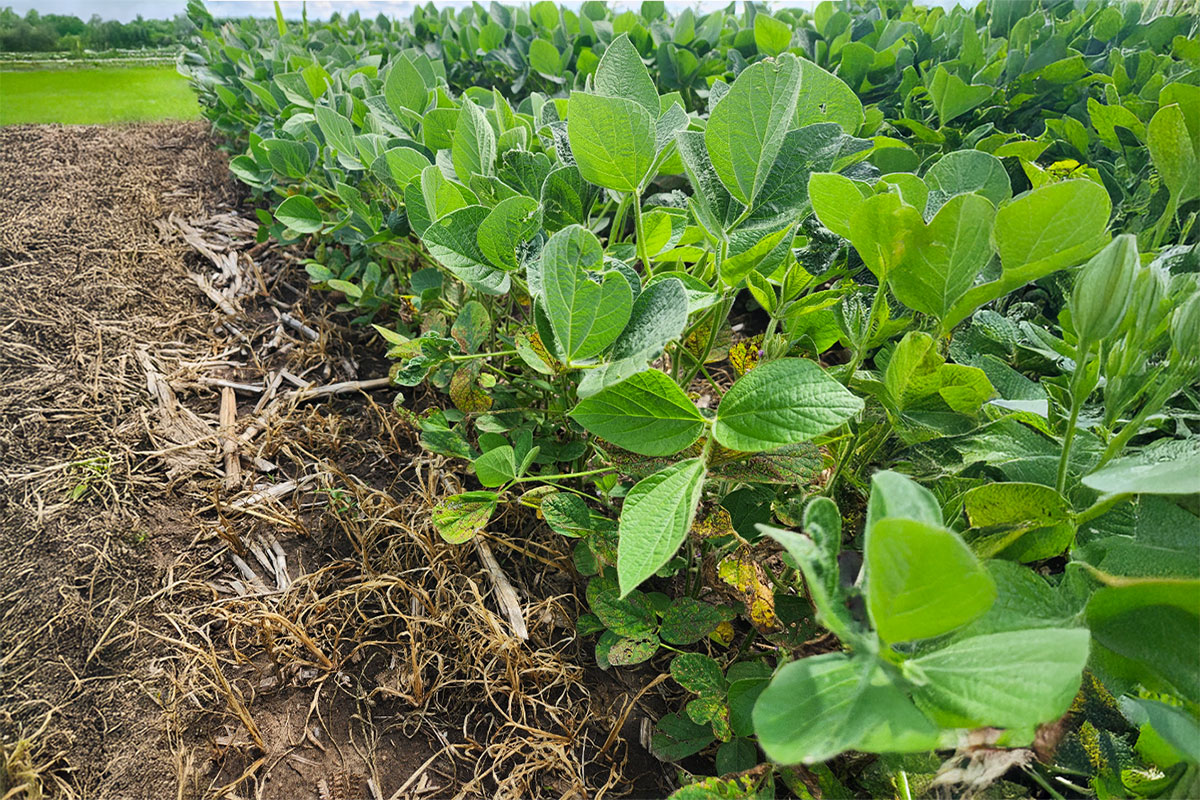
Burnt Soybeans Look a Lot Better Than Weedy Beans!
Prior to the introduction of Roundup-Ready soybean, growers were accustomed to soybeans exhibiting short-lived herbicide injury. While soybean plants may look unsightly from a PPO-inhibiting herbicide application, a more unsightly view is a soybean field full of weeds.

SDSU Extension hosts 5th annual Specialty Crop Field Day
July 24, 2025
South Dakota State University Extension is pleased to announce its fifth annual Specialty Crop Field Day at the SDSU campus in Brookings.
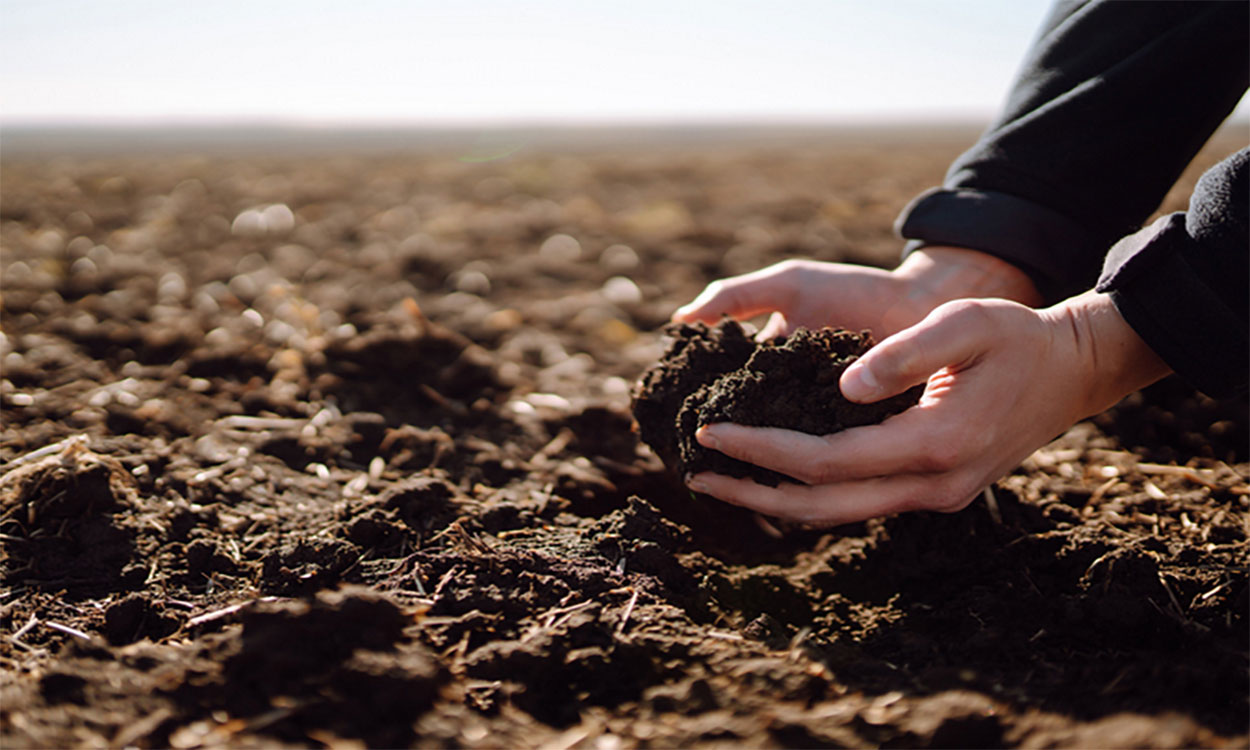
SDSU Extension 2024 Impact Report
This brief report highlights how SDSU Extension strengthens people and places across South Dakota through every program, contact, volunteer hour and digital outreach effort.
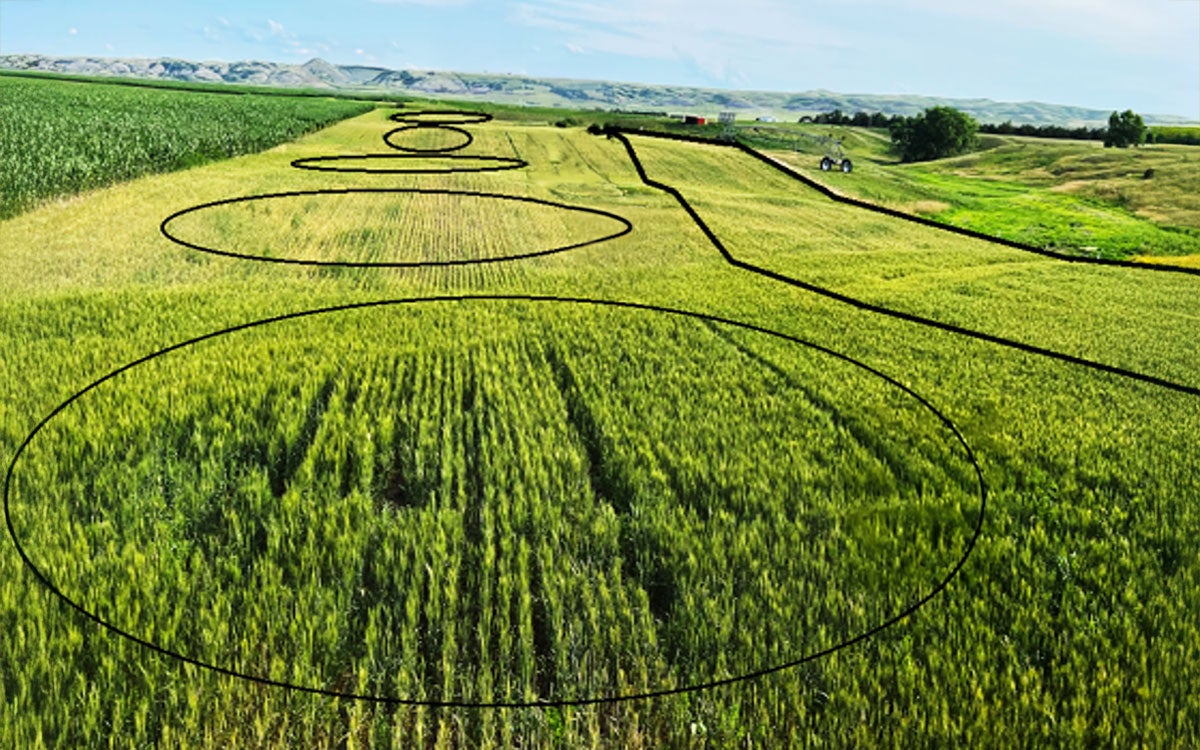
Variations in a Field and Variable Rate Technology Adoption
Field variations, including soil properties, nutrient content, and moisture levels, can significantly impact crop yield and farm profits. By understanding the specific needs of different areas, farmers can apply fertilizers, seeds, and other inputs more effectively.

Limber Pines of the Cathedral Spires: A Unique Tree
Fact sheet on the history, status and threats of limber pines.
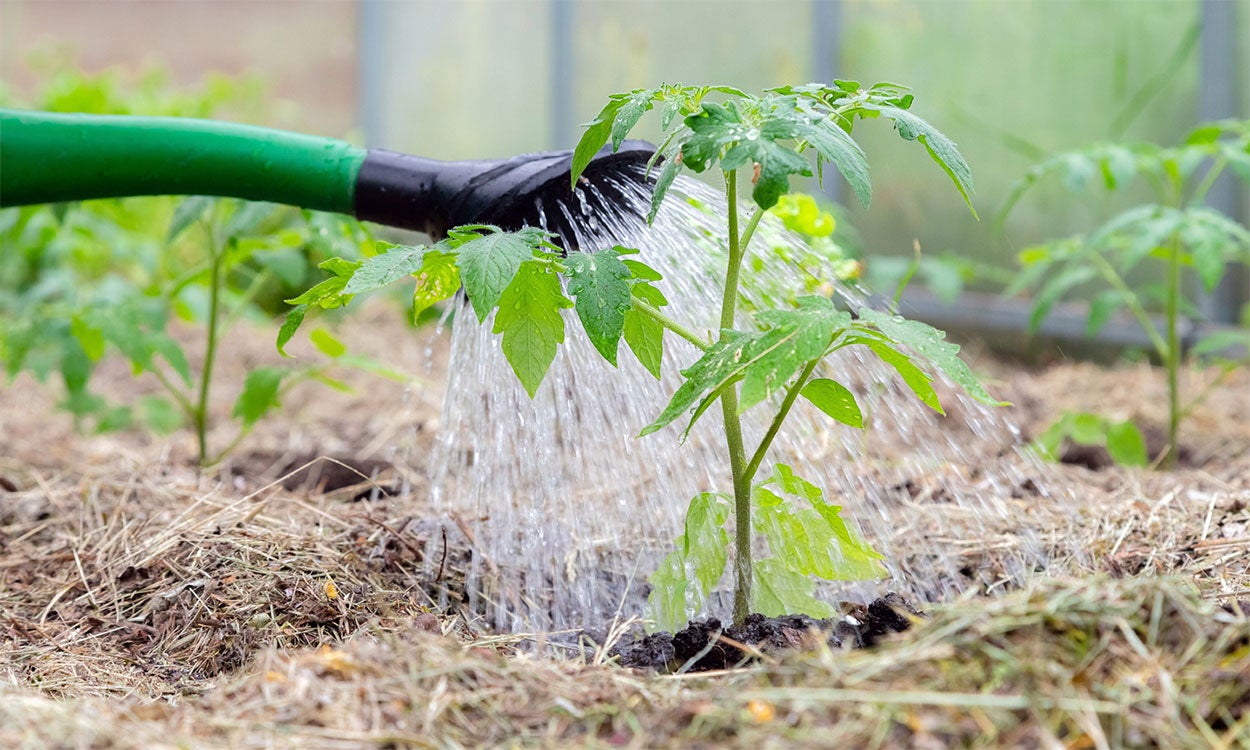
Microbial Water Testing for South Dakota Producers
Microbial water testing is important for produce growers to know the quality of their water to help ensure the safety of the fruits, vegetables, and herbs they produce.
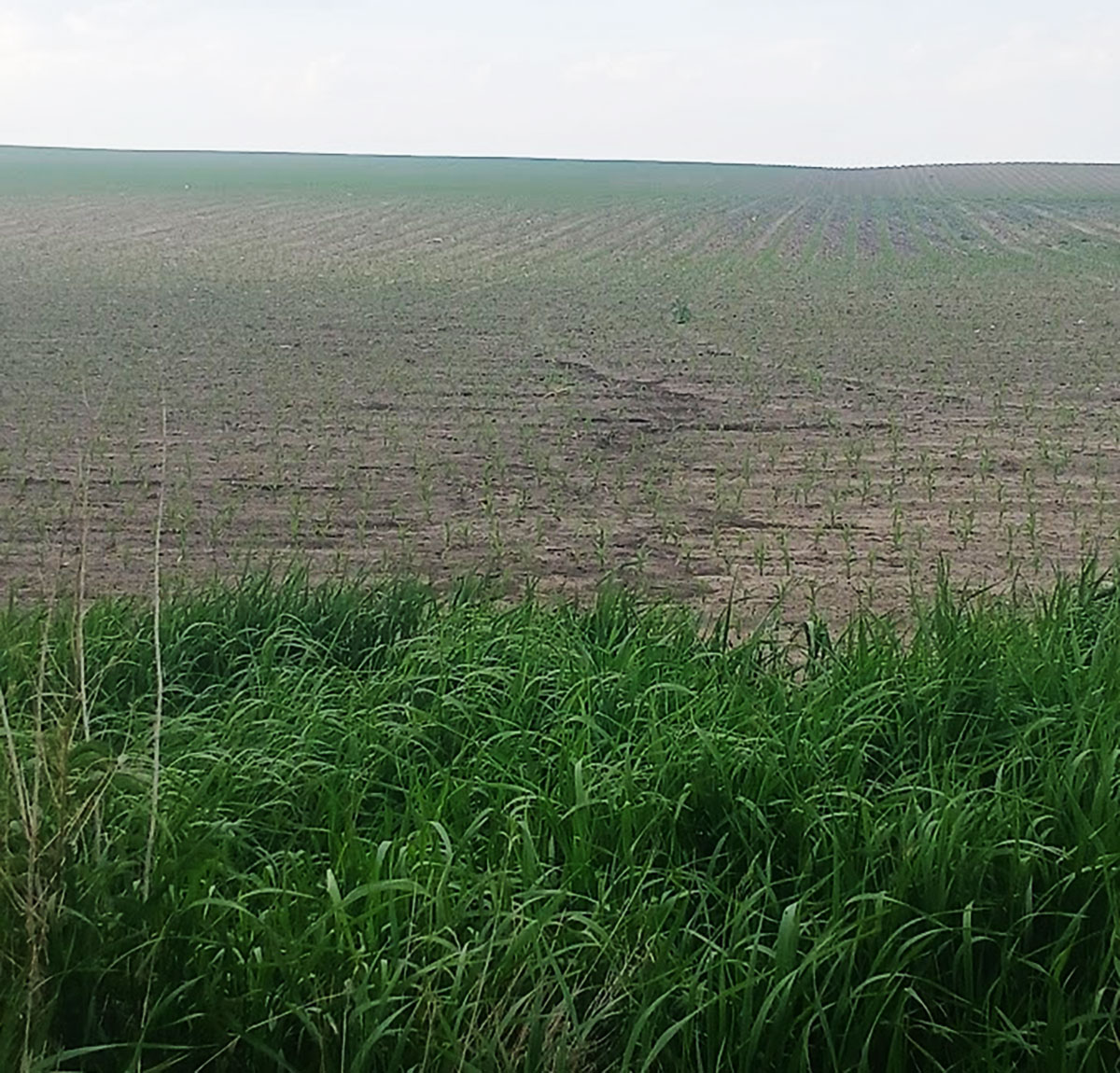
Soil Erosion Mitigation During Heavy Rainfall Events
Adopting soil health practices that minimize disturbance, increase surface cover and organic matter content, and keep roots growing in the soil can help to increase soil infiltration rates and reduce destruction of soil aggregates from heavy rain.
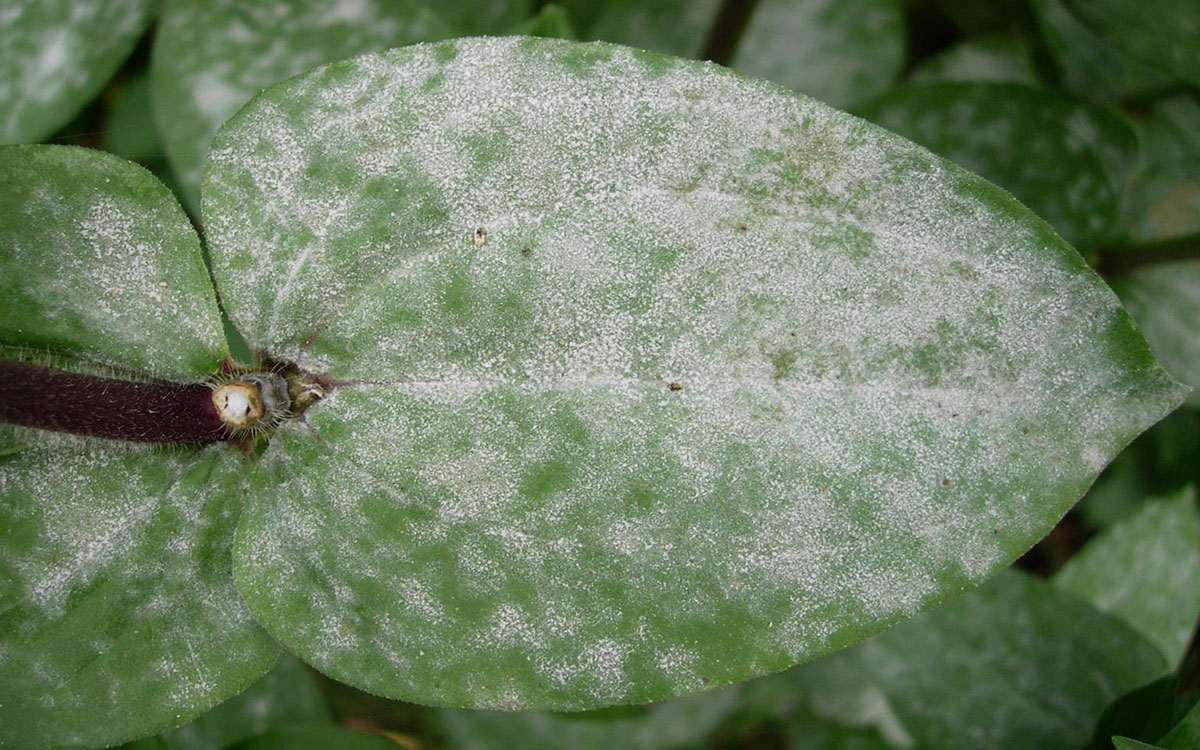
Powdery Mildew Presence in Your Garden: How to identify and prevent it
Powdery mildew is a common fungal disease that targets a wide range of hosts. It is important to identify its presence as soon as possible to slow its spread and prevent irreversible damage.